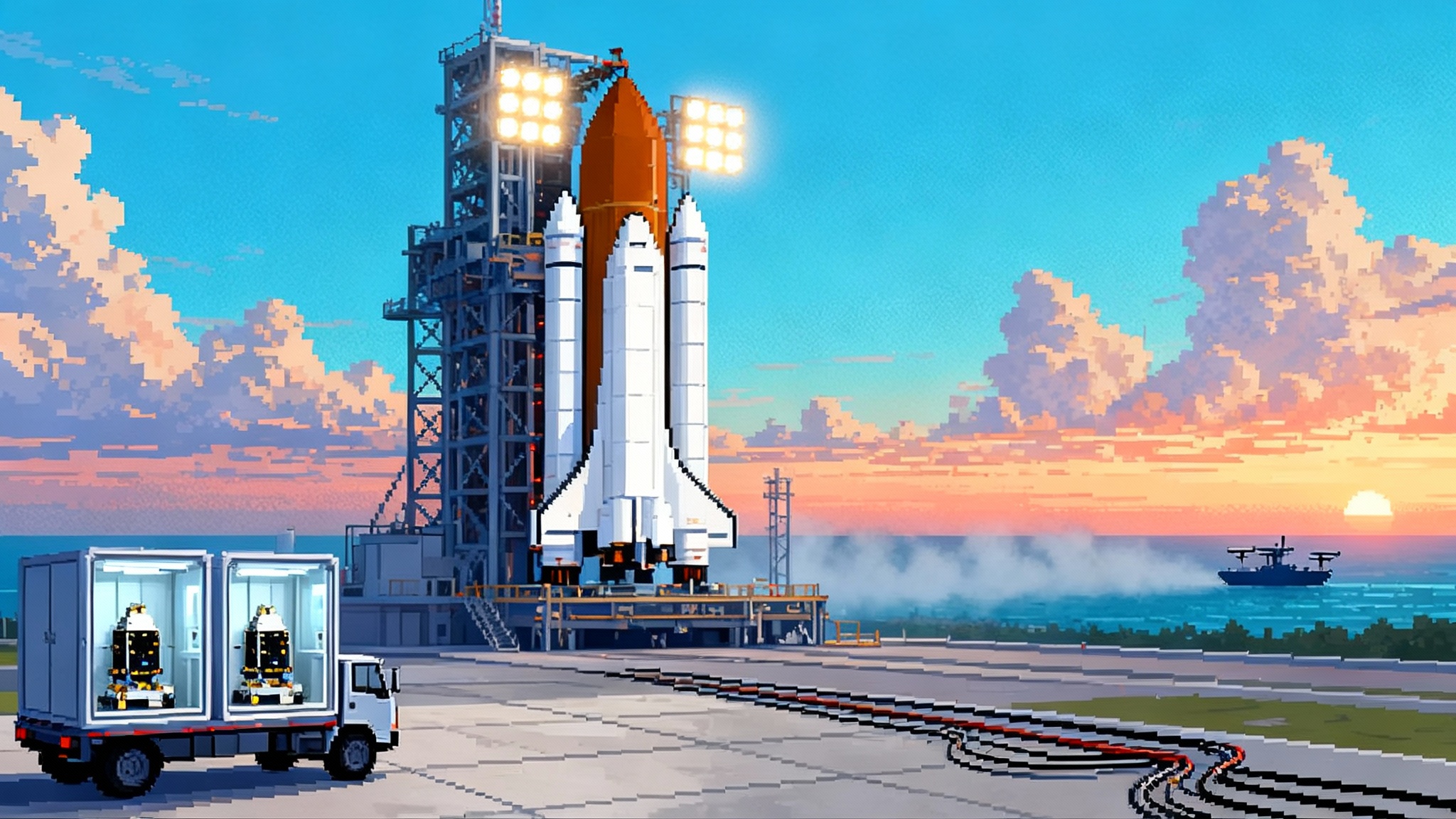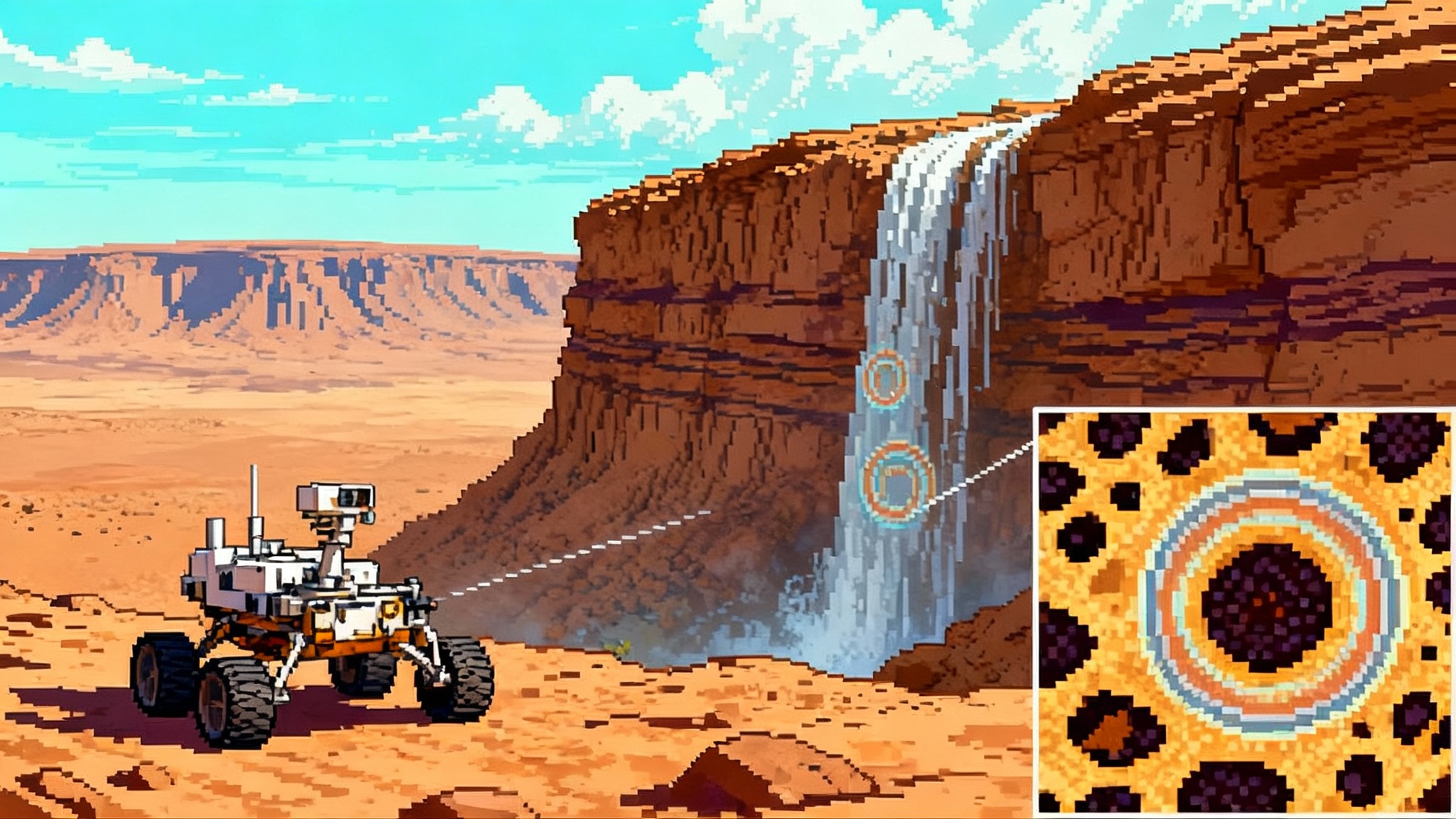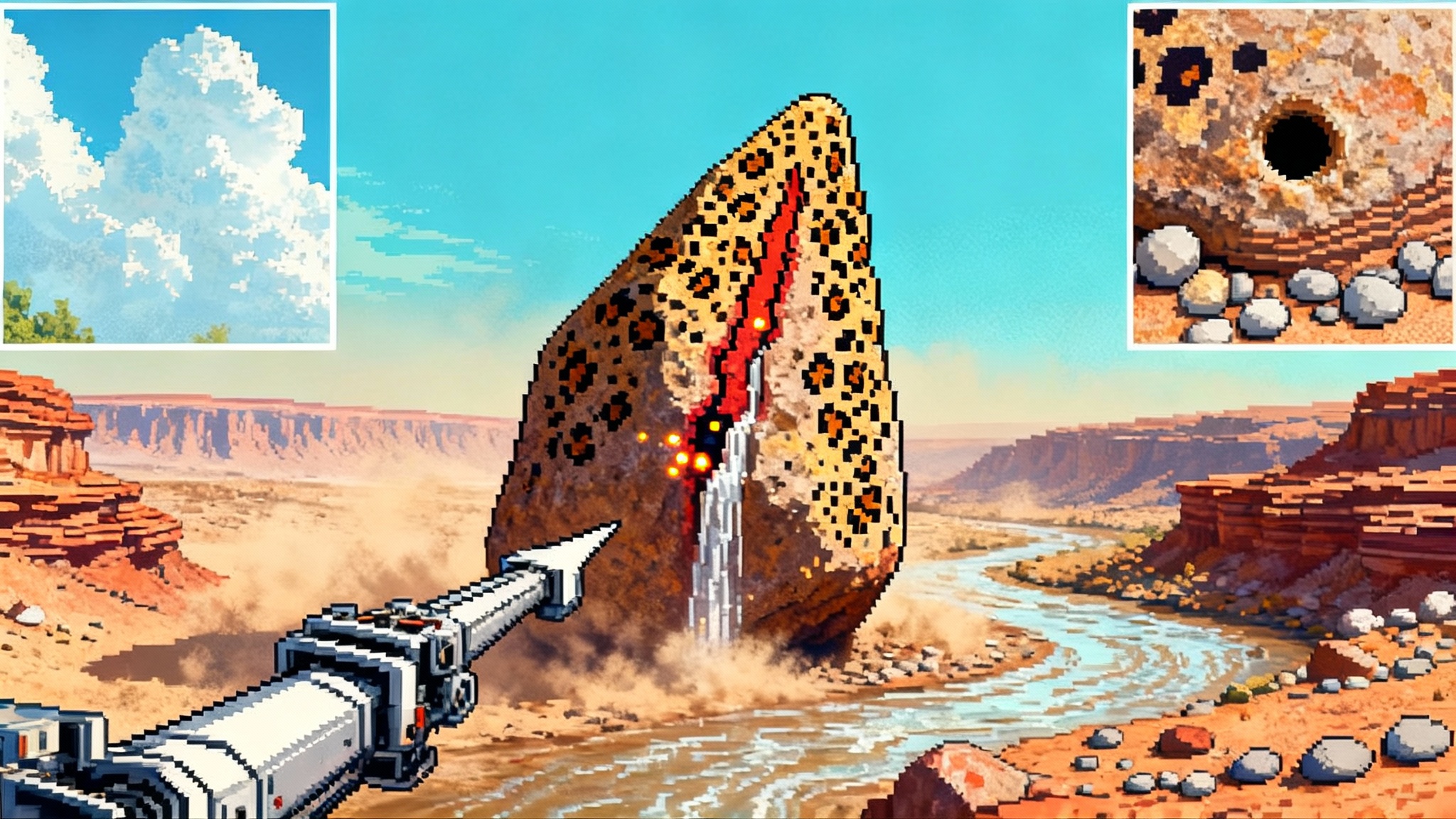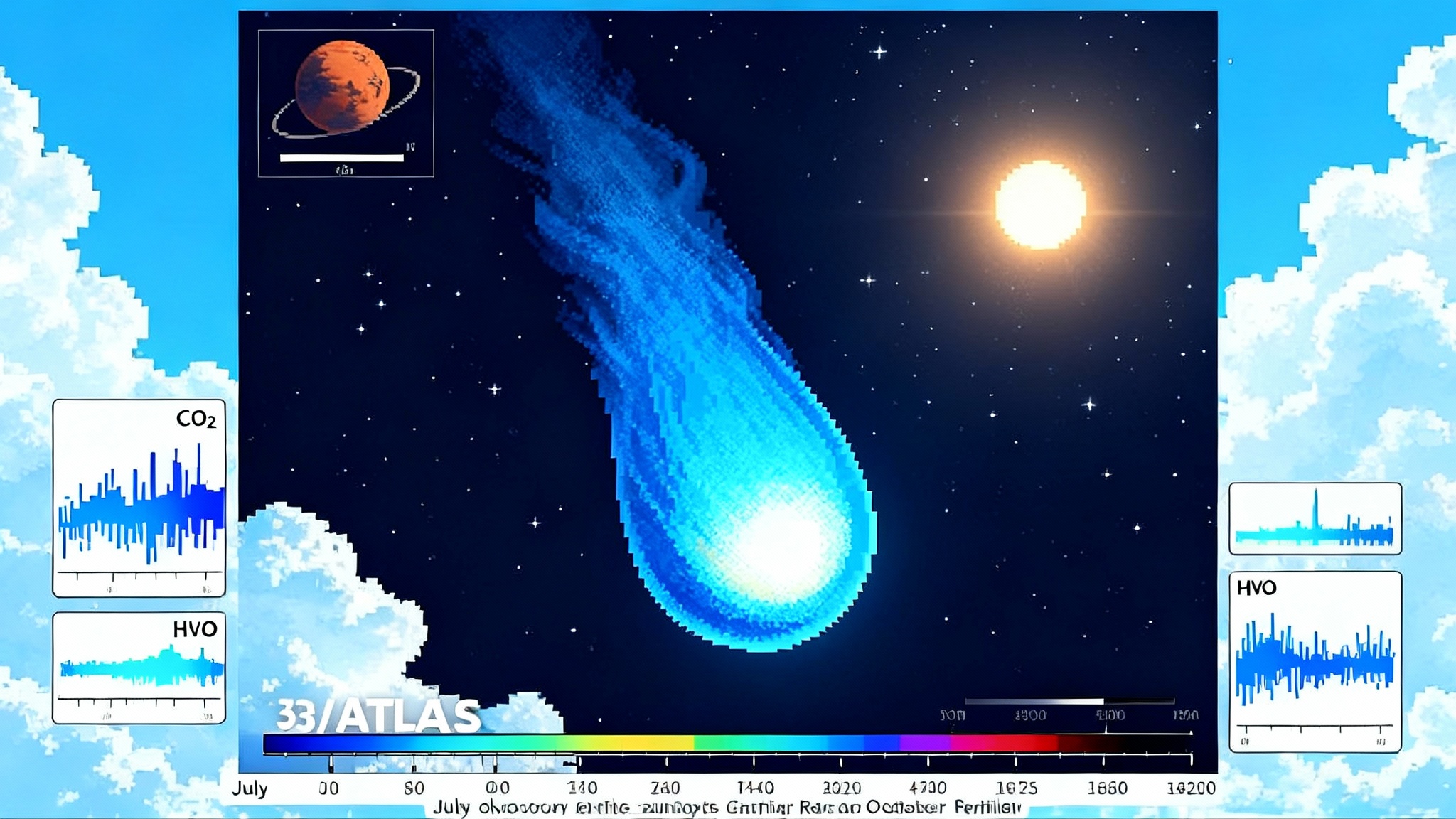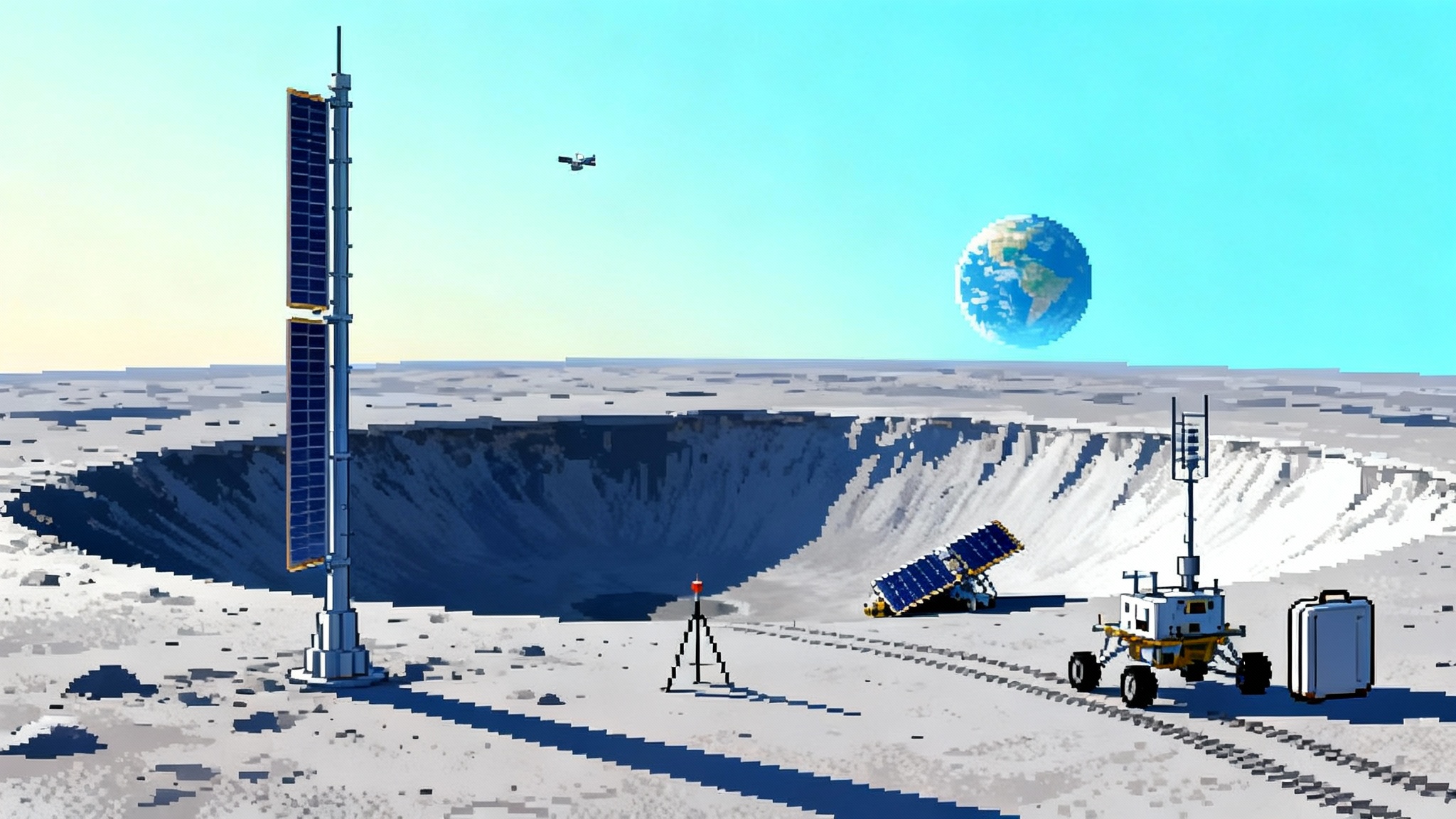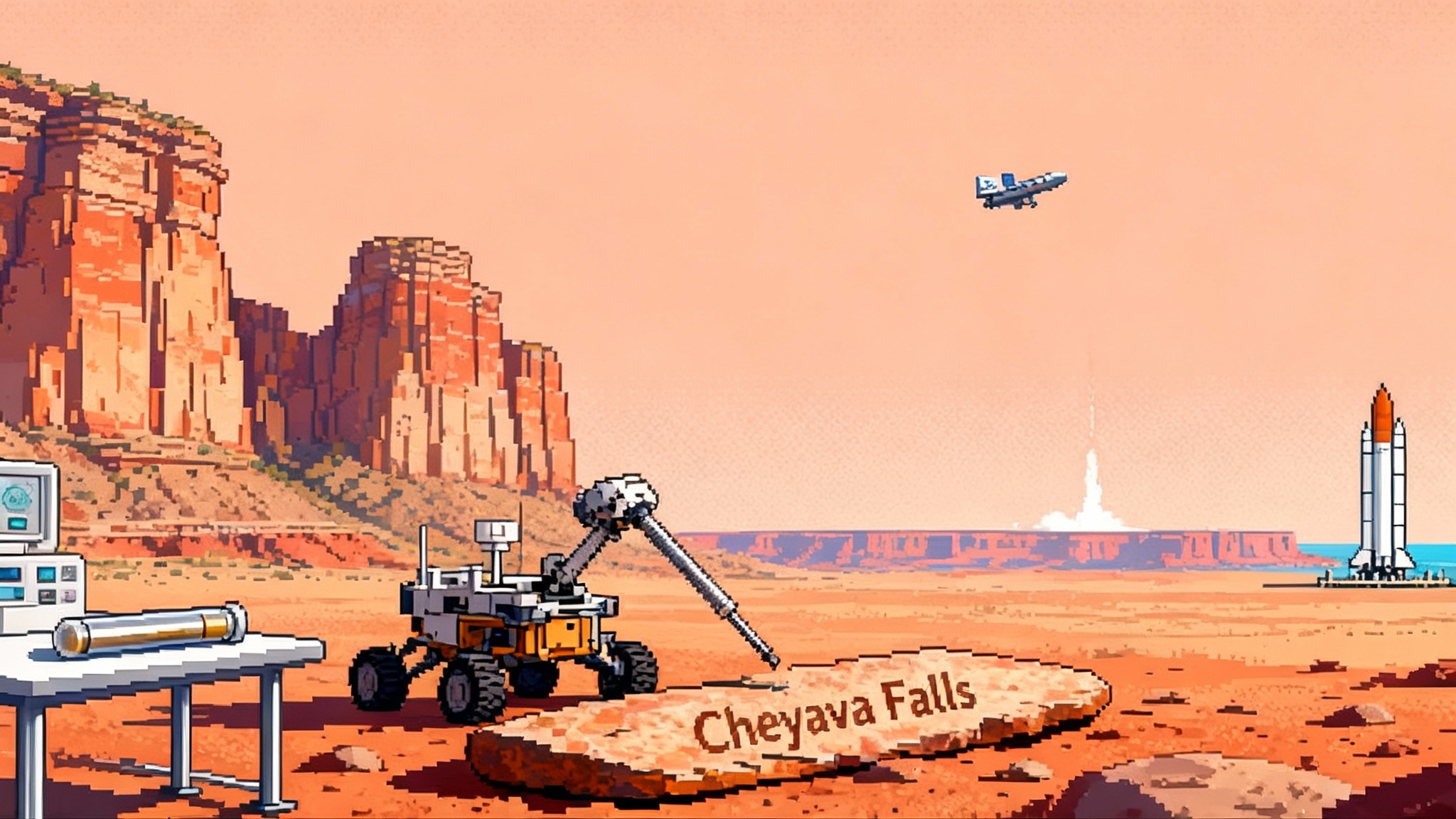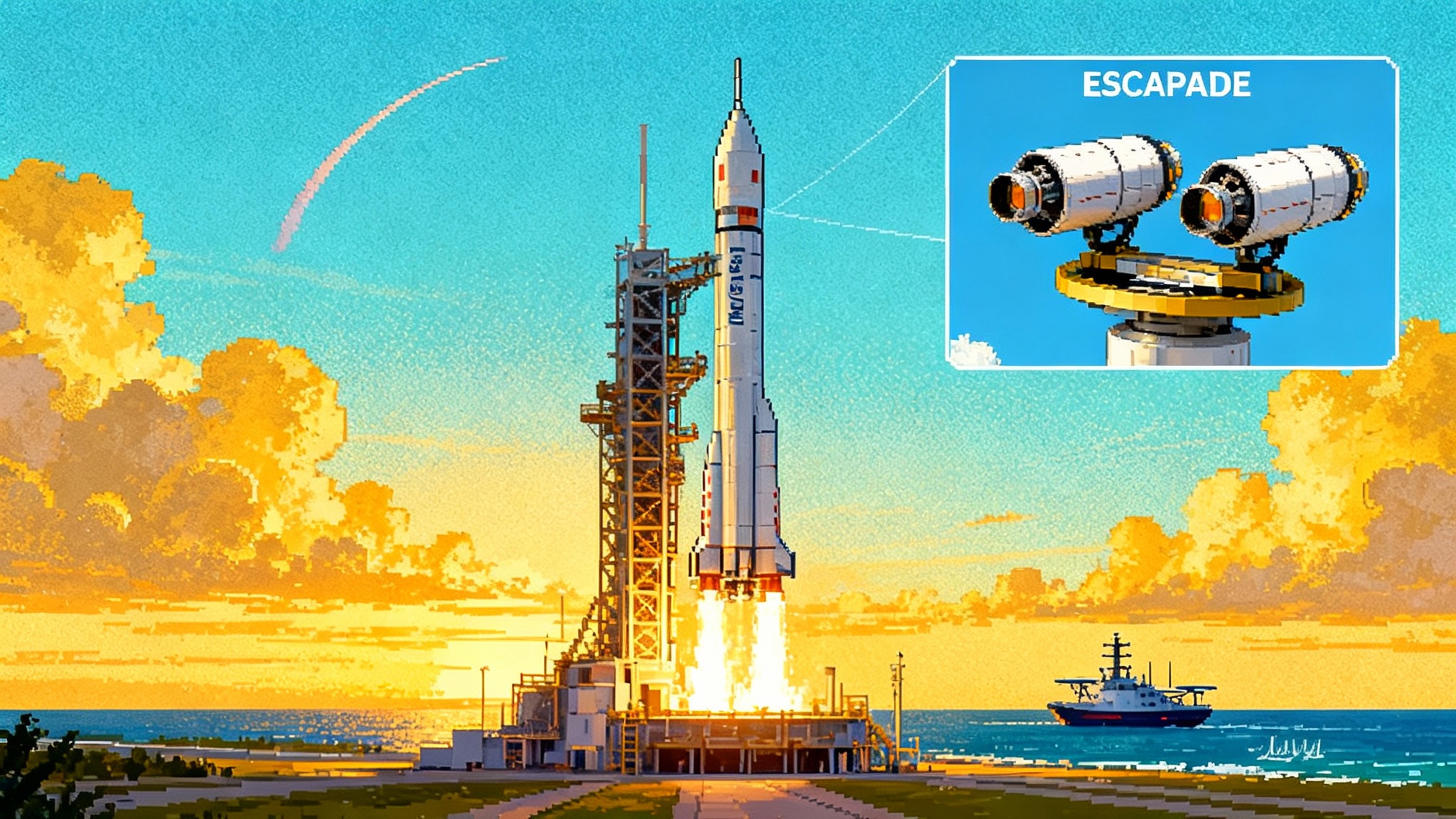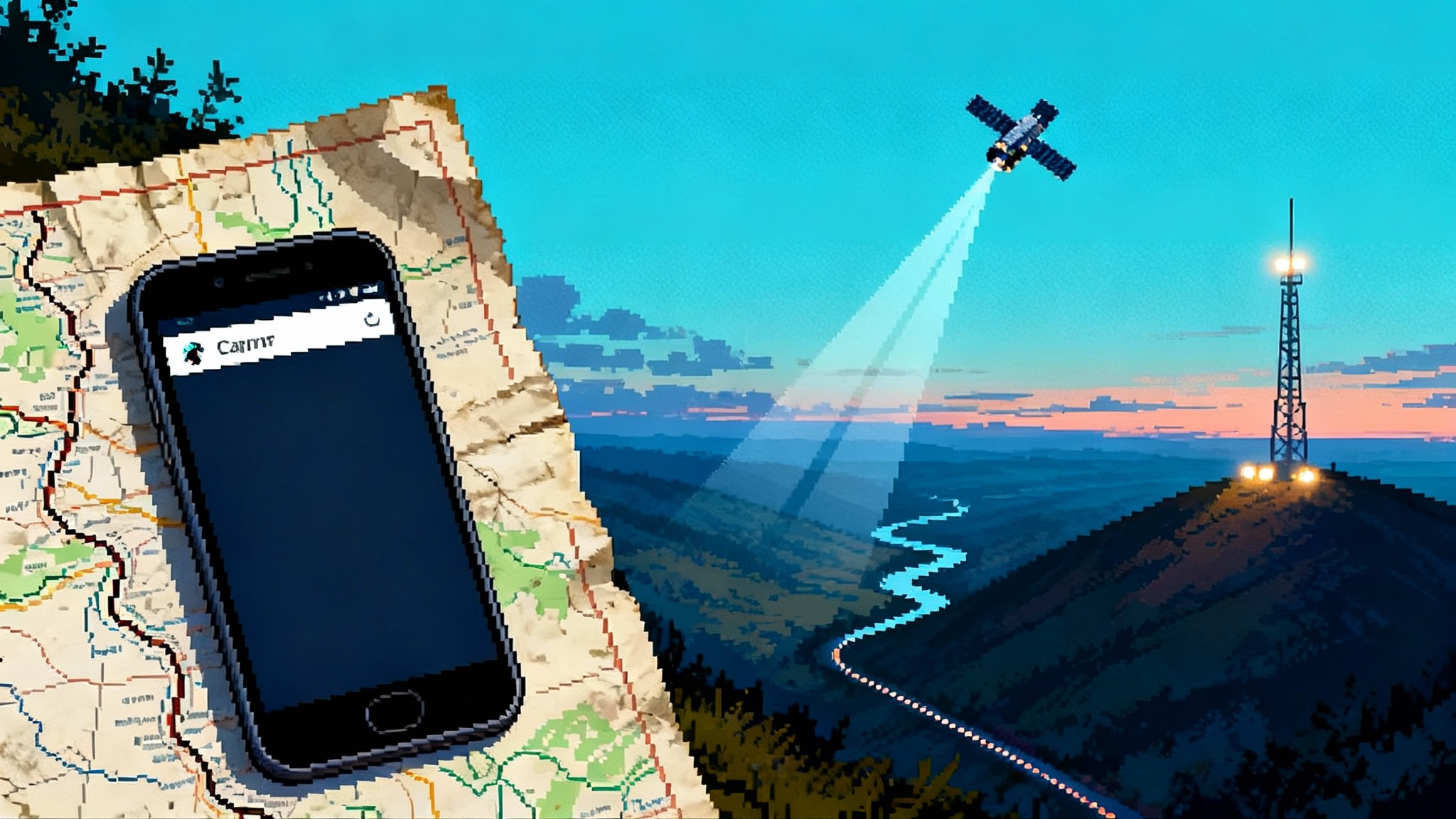Webb’s TWA 7b image resets the hunt for habitable worlds
On June 25, 2025, JWST’s MIRI coronagraph delivered Webb’s first direct-image discovery of a new exoplanet: TWA 7b, a Saturn-mass world embedded in its star’s rings. Here is how mid infrared dropped the imaging mass floor and what Roman and HWO will do next.
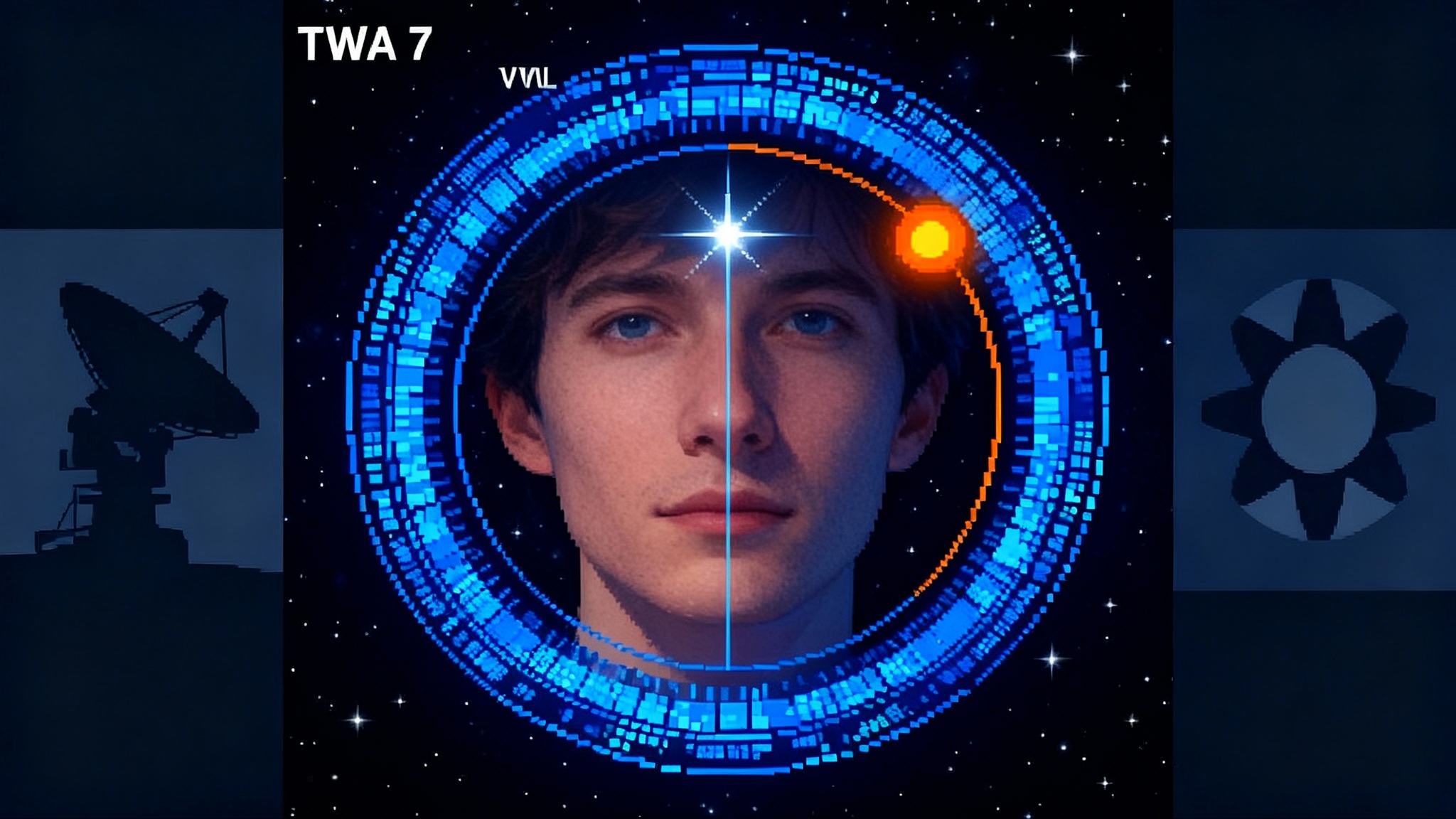
A first for Webb, and why it matters
On June 25, 2025, astronomers reported JWST’s first direct-image discovery of a new exoplanet: TWA 7b, a Saturn-mass world about 110 light years away, seen within the sculpted rings of its host star’s debris disk. The team used the Mid-Infrared Instrument (MIRI) with its built-in coronagraph to block the star’s glare and reveal a faint, compact source at roughly 52 astronomical units. The results, presented as evidence for a sub-Jovian planet, set the lightest world yet directly imaged outside our solar system and establish a new practical floor for this method in the wild, as detailed in the Nature paper describing TWA 7b.
It is not just a pretty picture. TWA 7 is a young system, around six million years old, viewed almost face-on. The disk shows concentric rings with gaps, and the planet candidate sits exactly where models expect a shepherd to live. That alignment makes the image a Rosetta Stone for how young planets shape their birth environments.
Why mid infrared changes the direct imaging game
Direct imaging has always been a contrast problem. Stars are blindingly bright compared with their planets, and a planet’s apparent separation from its star is tiny on the sky. Ground-based facilities with adaptive optics and near infrared cameras have delivered stunning images, but most targets until now were massive, self-luminous giants many times Jupiter’s mass. Smaller, cooler worlds blended into the speckled halo of starlight and instrument noise.
MIRI moves two levers at once:
- Thermal advantage at mid infrared. Young planets glow more strongly at these wavelengths because they are still shedding formation heat, which raises the planet-to-star brightness ratio.
- Coronagraphic suppression. Phase-mask coronagraphs and precise wavefront control reduce starlight and speckle noise that otherwise mimic planets.
Together, these factors push detections down from a few Jupiter masses toward Saturn for favorable targets. Geometry also helps. At mid infrared wavelengths the inner working angle scales with wavelength, and so does a young planet’s thermal emission. For a nearby, face-on disk like TWA 7, the sweet spot lands where the planet is bright and the coronagraph is efficient.
Finally, the disk is a built-in cross-check. Dust rings shine in scattered and thermal light, and their shapes encode gravitational fingerprints. A planet that is too light fails to carve narrow gaps. A planet that is too heavy erases the ring. The brightness and position of the TWA 7 source match the mass needed to maintain the observed structure.
TWA 7’s rings show a planet at work
Think of a debris disk as a luminous record of countless small collisions. Add a planet and everything changes. Its gravity sets up resonances that herd particles into rings and clear lanes. As grains spiral inward under radiation forces, they pile up at special locations where orbital periods are simple ratios, and they are repelled from regions where the planet makes orbits unstable.
TWA 7’s disk appears nearly pole-on, which turns the system into a map rather than a tilted smear. Observers identify at least three main features: an inner ring, a narrow ring near 52 au, and a more extended outer structure. The compact infrared source sits within the narrow ring. Simulations show that a Saturn-mass body on a near-circular orbit at this location can maintain a thin ring and an adjacent gap without destroying the disk. That is exactly what the image reveals.
A new practical mass floor for direct imaging
Before 2025, the tally of directly imaged planets skewed to several Jupiter masses around bright, young stars. That was a bias in tools, not taste. Even the best near infrared systems struggled to pull out cooler, smaller planets close to their stars. The TWA 7 analysis makes the context explicit: prior high-contrast instruments were typically sensitive to companions in the two to ten Jupiter mass range at wide separations. MIRI’s mid infrared coronagraphy and careful post-processing pushed below that regime and revealed a Saturn-class planet.
Why it matters: the population of planets climbs steeply as mass falls. Seeing down to Saturn opens a much larger catalog, including the worlds most likely to sculpt narrow rings. For the first time, observers can test whether the same masses that carve rings are actually present.
Caveats remain. A single epoch gives a position. To confirm a co-moving planet and measure an orbit, teams will return to the field, check common proper motion, and watch the source track the star rather than the background. They will also add color across multiple mid infrared filters to validate the thermal signature of a cool, self-luminous world.
How MIRI’s coronagraph pulled it off
MIRI carries four-quadrant phase coronagraphs and a Lyot coronagraph at longer wavelength. Each mask introduces phase shifts that cancel on-axis starlight in the image plane, followed by a pupil-plane stop to remove residuals. Off-axis light from nearby sources is transmitted into a dark field. The instrument team calibrates the point spread function and uses reference star subtraction to suppress surviving speckles.
For TWA 7, the host star’s modest brightness, the face-on geometry, and the planet’s youth stacked the odds. Put the pieces together and you get a detection that was out of reach before Webb.
The near-term roadmap: Roman’s coronagraph tech demo
The next leap comes from NASA’s Nancy Grace Roman Space Telescope. Roman will fly a dedicated Coronagraph Instrument as a technology demonstration, bringing active wavefront control, deformable mirrors, and rapid speckle suppression into space on a stable platform. NASA now lists the launch as no later than May 2027, and the agency recently completed a key integration milestone, documented in the NASA Roman coronagraph update.
Why is Roman a big deal if Webb just delivered a Saturn-mass planet? Because Roman tackles what Webb cannot do at scale. Webb’s coronagraphs are passive and optimized for the mid infrared. Roman’s are active, sculpting the wavefront in real time to reach deeper raw contrasts at visible wavelengths for mature, cooler planets in reflected starlight. The tech demo will not survey Earth twins. It will demonstrate deep, stable dark holes over hours to days, collect spectra of known giants, and map dust around nearby stars.
Roman will also train the community. Teams will learn to plan, calibrate, and reduce space coronagraph data at scale, test speckle-nulling strategies, probe how exozodiacal dust limits performance, and validate the end-to-end observing chain.
A relay to the Habitable Worlds Observatory
NASA’s Habitable Worlds Observatory (HWO) aims to directly image Earth-size planets around Sun-like stars and read their atmospheres for potential biosignatures. The goal is contrasts of about one part in ten billion in reflected light, with exquisite stability across hours-long integrations, and to do this across dozens of nearby stars.
TWA 7b does not look like Earth. Yet the same set of tricks that revealed it will be refined for the main event. Coronagraph masks get better. Wavefront control gets faster and more precise. Post-processing gets smarter, including machine learning approaches that model speckles and dust structures. By the time HWO flies, the community will have cut its teeth on Webb and Roman.
HWO’s prize is spectroscopy. If you can pull a clean spectrum of a pale blue dot, you can look for oxygen, ozone, methane, water vapor, and carbon dioxide. You can separate planetary light from exozodiacal dust and instrument residuals with multiple bandpasses and polarization. The remote-sensing path complements in situ work like Chang'e-6 far-side samples and the sample-return race for life.
What to watch next
- Multi-epoch confirmation. Expect new MIRI images of TWA 7 to check common proper motion and refine the orbit.
- Multi-band photometry and spectra. Additional MIRI filters and low-resolution spectroscopy can test atmospheric models for a young, cool giant.
- A broader sample. The same recipe will be applied to other face-on disks within about 150 light years. If planets are the rule for creating narrow rings, Saturn-mass detections should rise. If not, alternative sculptors like planetesimal swarms or recent collisions may be in play.
On Roman, watch for instrument-level performance tests that quantify raw and post-processed contrast in the lab, the stability of deformable mirrors, and the robustness of wavefront control software. Once on orbit, early checkouts will target bright nearby stars with known giant planets to validate photometry and spectroscopy.
On HWO, watch the architecture choices: coronagraph only, or a starshade assist on a follow-up spacecraft; segmented primary mirror, or a monolith within a fairing upgrade. These decisions set how many Sun-like targets the mission can survey and how quickly.
The bigger picture
In a single image, Webb moved direct imaging from heavyweights to lightweights. TWA 7b is the prototype of a class that was predicted but rarely seen. Its location inside a ring validates long-standing ideas about planet–disk interactions and shows that mid infrared coronagraphy is a bridge to a future where giant planets, Neptunes, super Earths, and eventually Earth analogs are accessible to photons rather than inferences.
The strategy is clear. Use Webb to map where the warm giants are and how they sculpt dust. Use Roman to master active coronagraphy and peel back the glare in reflected light. Use HWO to reach the contrasts and stability that living worlds demand. For a sense of how quickly discovery frontiers can shift, see our look at the 3I/ATLAS interstellar visitor. TWA 7b is not an end point. It is a milestone on a road that now feels shorter and straighter than it did a year ago.
